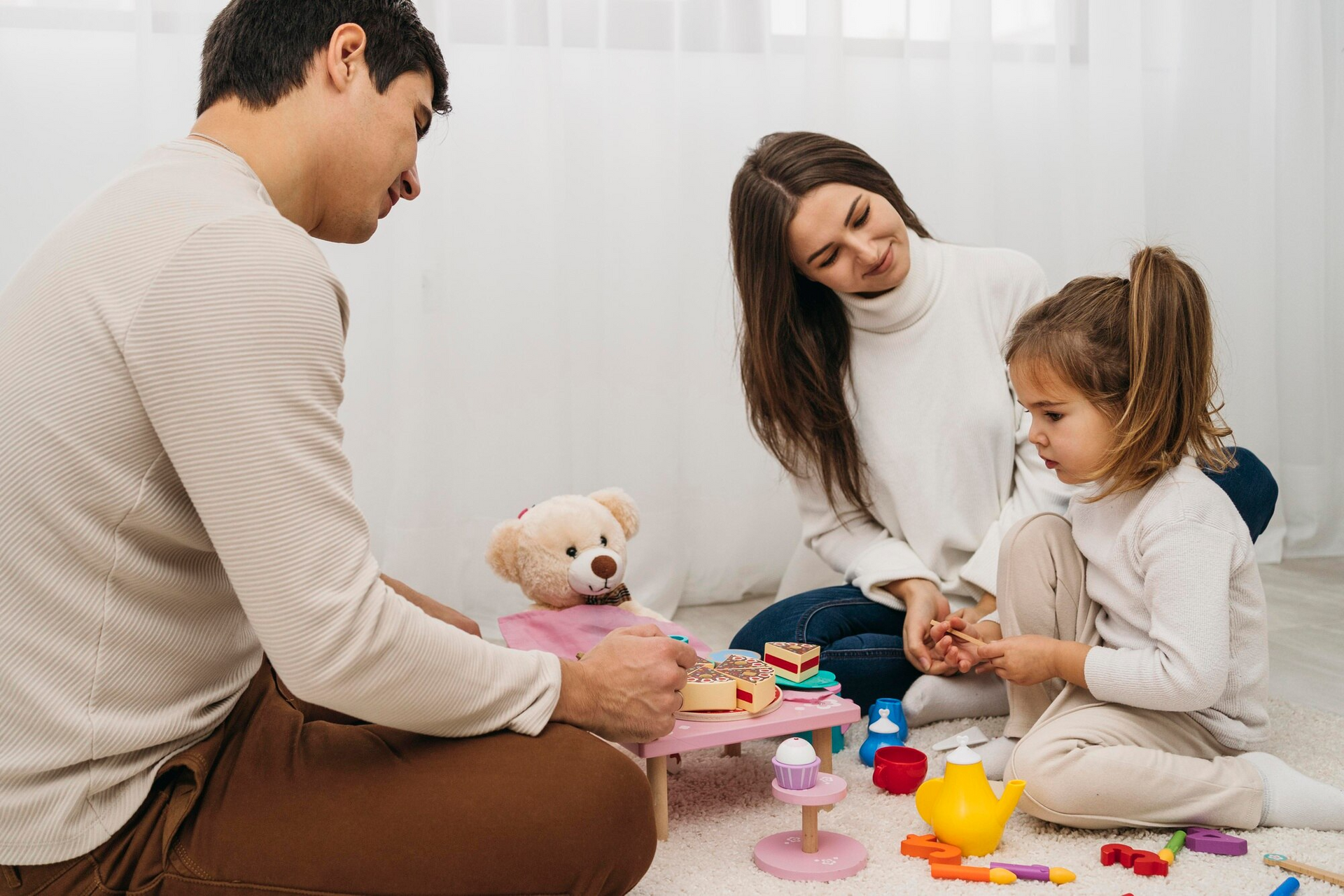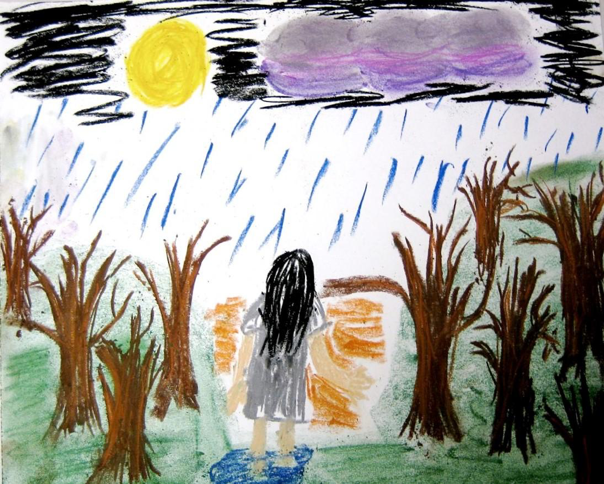Helping Kids Manage Anxiety

By Farah Al Ghafoor - Psychologist
Anxiety is among the most common emotional challenges children face today. Feeling scared or worried sometimes — like on the first day of school or before sleeping alone — is a natural part of growing up. But when these fears become frequent, intense, or prevent children from enjoying life, it may signal an anxiety disorder.
Many parents ask:
“Should I protect my child from what scares them… or encourage them to face it?”
The answer lies in a caring, science-backed approach known as exposure therapy, which gently helps children confront their fears and build emotional resilience.

What Is Exposure Therapy?
Exposure therapy is an evidence-based treatment that allows a child to gradually face what makes them anxious — step by step and at their own pace. These “exposures” are carefully designed to help the child learn:
✔ Fear doesn’t mean danger
✔ Anxiety rises… but it also comes back down naturally
✔ They are stronger than they think
The goal is not to erase fear, but to shape a healthy message:
“I can handle this.”
This strengthens neural pathways responsible for emotional regulation and reduces avoidance behaviors — the main driver of anxiety persistence.

How Is Exposure Therapy Adapted for Young Children?
Children learn best through play, imagination, and positive experiences. That’s why exposure therapy for kids integrates creative therapeutic tools:
- Play therapy
- Storytelling and puppet role-play
- Drawing or art-based exposure
- Sand tray therapy
- Step-by-step real-world practice
Parents actively join the process — not only in sessions, but also by supporting practice at home, creating a safe emotional environment for progress.

Example:
Fear of Dogs
Therapy may start with zero direct contact, such as:
- Looking at cute dog pictures
- Watching videos of friendly dogs
- Observing a calm dog from a distance
- Moving progressively closer
- Touching or petting the dog when ready
Each step is guided, celebrated, and adjusted based on the child’s comfort and success.
This teaches children a powerful lesson:
- Avoiding fear makes it grow.
- Facing fear makes you grow.
The Scientific Impact
Exposure therapy improves:
- Emotional confidence
- Independence in school and social settings
- Sleep and daily functioning
- Cognitive flexibility
- Long-term coping skills
Studies show:
Exposure-based treatments significantly reduce anxiety symptoms in children (including separation anxiety, phobias, and social anxiety) and improve developmental outcomes.
Final Thoughts
Childhood anxiety is real, common, and highly treatable. With patience, creativity, and professional support, children can learn to manage their fears and reclaim joy in their daily lives.
If you notice anxiety preventing your child from doing the things they love, consulting a qualified child psychologist may be the first step toward lasting change.
"When children discover courage once… it stays with them for life."





